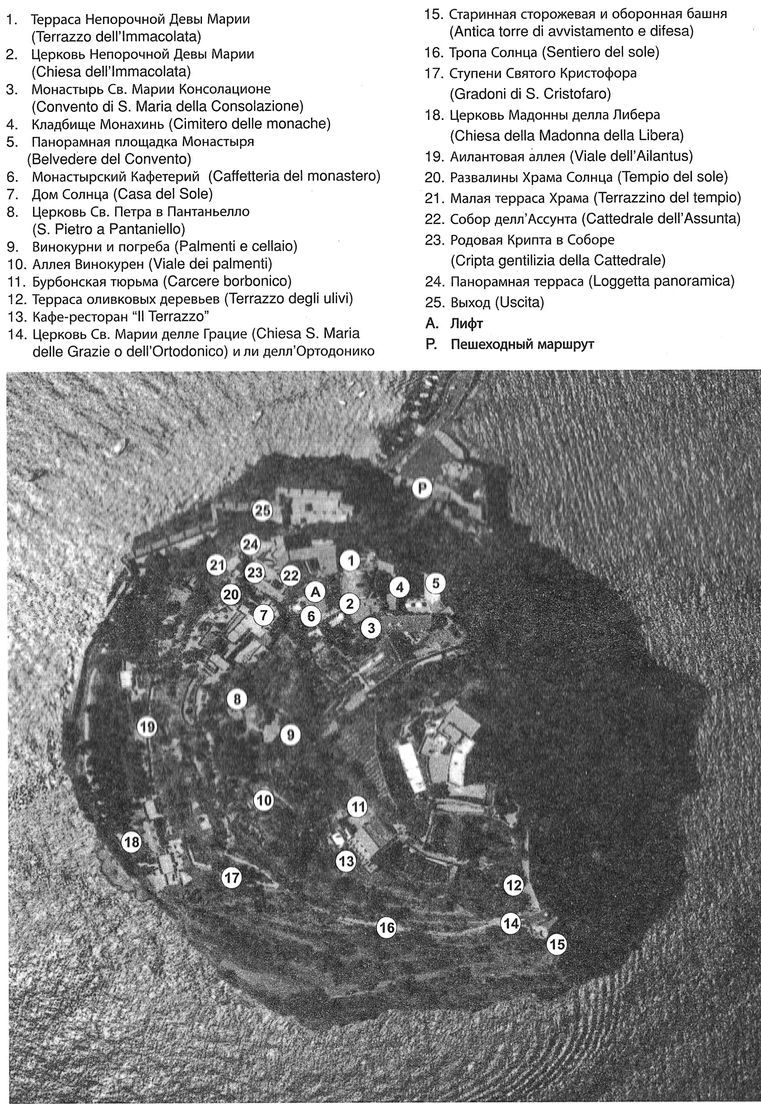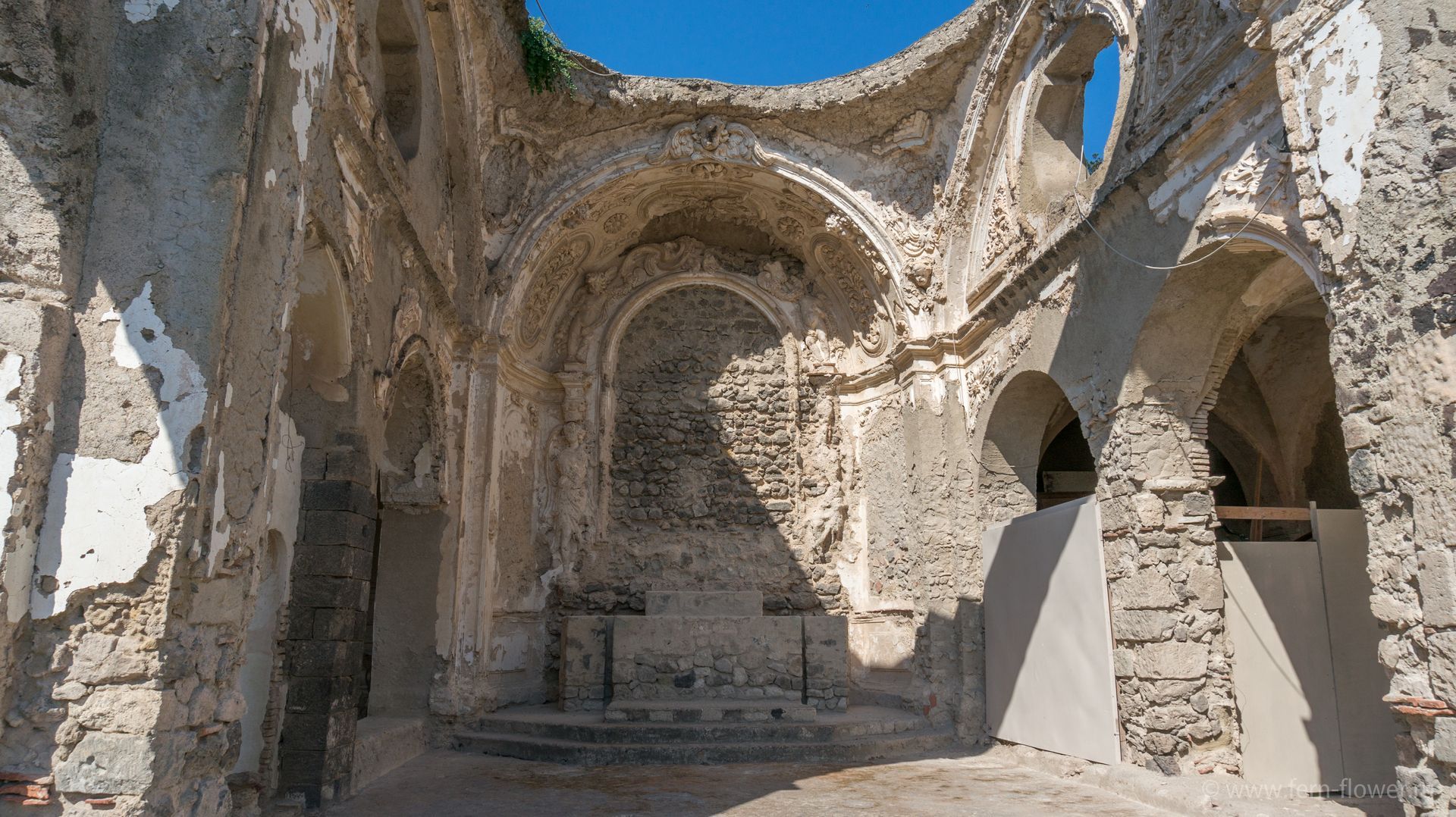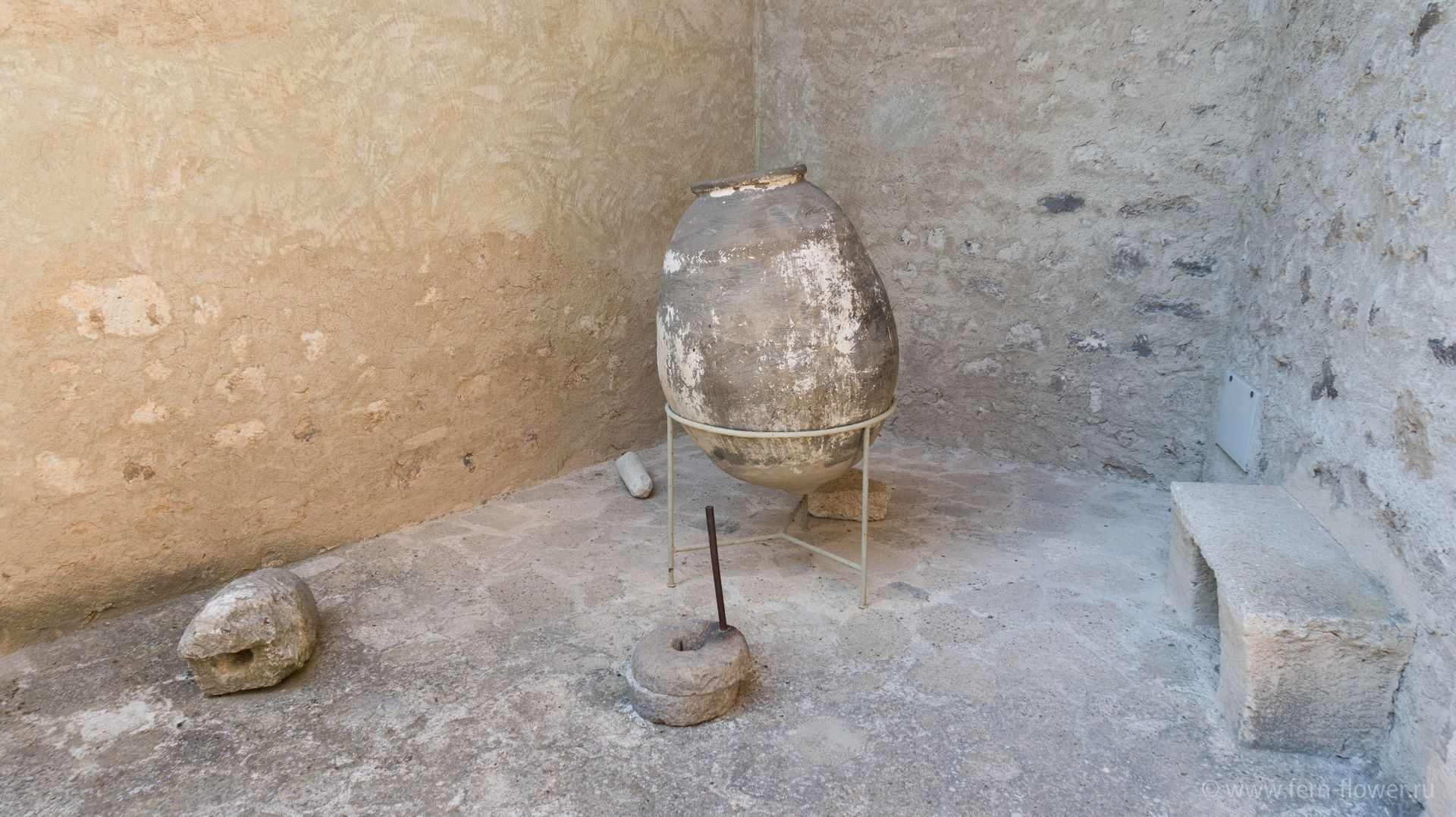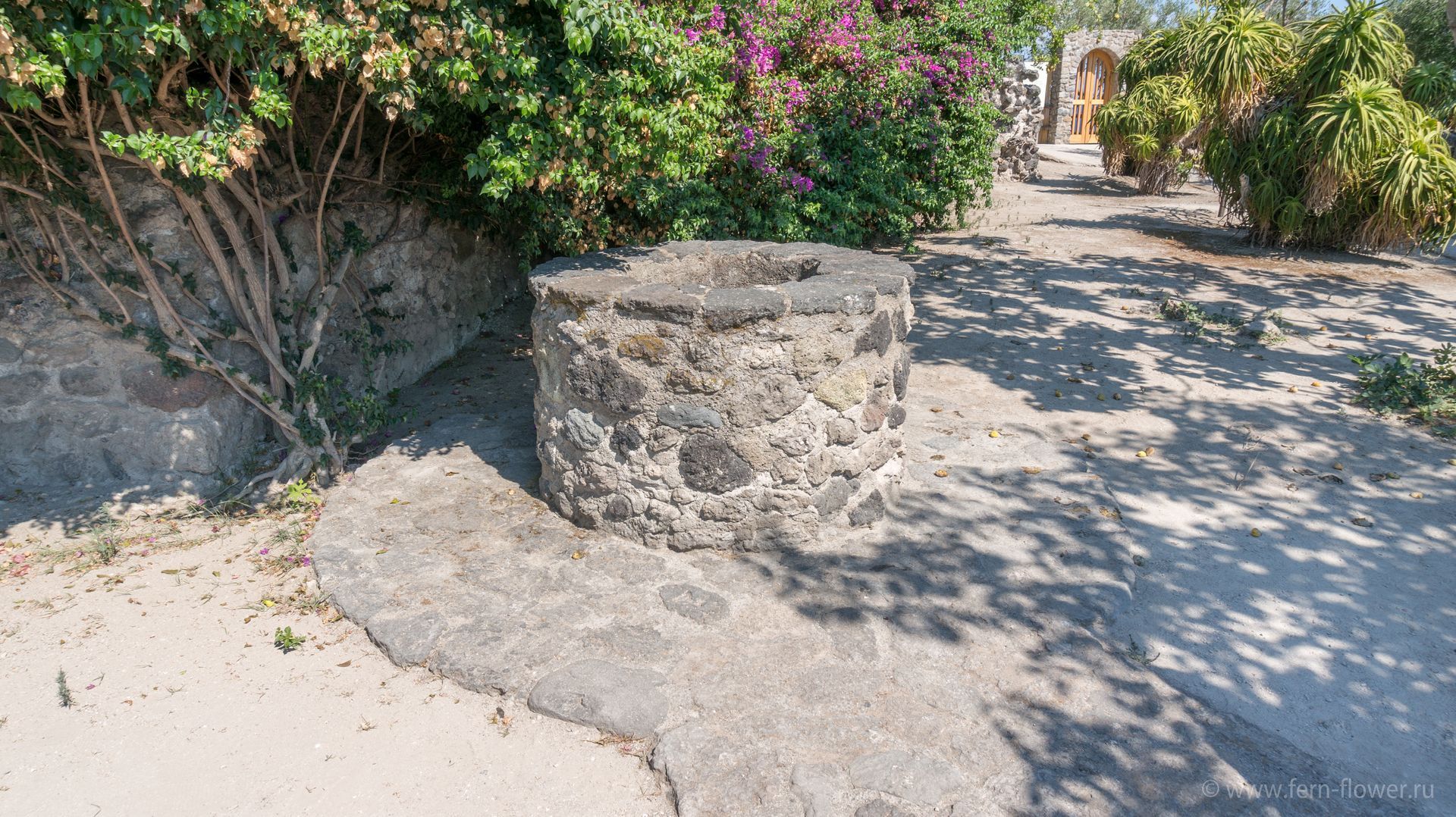
| Added | Fri, 06/01/2017 |
| Источники | |
| Феномены | |
| Версии |
On our planet there are a large number of places which are connected with various legends of a mystical nature. Among human-made structures castles in this regard particularly stand out: they are strongly associated with stories of ghosts, hidden treasure, mysterious disappearances, etc. In this article we will try to understand the causes of such representations.
Aragonese castle (Italian. Castello Aragonese), 474 BC
The word "castle" comes from Polish "zamek". In the usual understanding of this building (or complex of buildings), combining residential and defensive fortification tasks. Often called the fortified dwelling of a feudal Lord in medieval Europe.
The first precursors of castles of steel strengthening VIII—VII centuries BC, vozdvijenskaya on the territory of Assyria. Prototypes of castles can be seen in the architecture of Ancient Rome. In this era strengthened, for example, the country palaces of the Roman emperors (Palace of the Emperor Diocletian in the now Croatian city of split). Ancient Roman building had a significant impact on the architecture of European castles of the middle Ages. Fortifications was widespread in Byzantium, where they by the ninth century penetrated into Western Europe.
Actually the castles appeared in the Middle ages and were the dwellings of nobles-lords. In connection with the feudal fragmentation and, as a consequence, frequent civil wars, home of the feudal Lord had to perform a defensive task. Usually castles were built on hills, Islands, rock ledges and other tight spaces.
As for Russia, even in the feudal period castles has not received a substantial distribution. The old Russian fortifications in General had a very peculiar nature: closely associated with the city, they contain not only defensive structures, but also religious and residential buildings. On Russian soil a mandatory feature of the city was a fence around it or in the form of a fence or wall, wood or stone. The last refuge of the inhabitants during the siege of the city was the Kremlin (also known as "chrome" or "citadel"), by their functions in principle, similar to the European castle – or rather its citadel. [1]
Usually castles occupied a large area and contained not only the residential and defensive structures, and various ancillary structures. Next, we will illustrate the above by example of the layout of buildings in the above mentioned Aragonese castle.
The arrangement of buildings in the Aragonese castle
Church
The Church inside the castle
Usually it is a small building, in the style dominant in Europe religion - Christianity. The clergy played an important role in the life of the castle, performing a variety of functions, from conducting ceremonies and rituals to support the morale of the soldiers and teaching children to read and write.
Workshops
Workshop inside the castle
The castle often located workshops. First of all it was the forge – one of the main structures of any castle, supplying the soldiers with arms and armor, and their horses hooves. In addition, there were pottery workshops, jewellery and even art. Products produced in these workshops was used extensively in the everyday life of the inhabitants of the castle.
Farm and gardens
Farm inside the castle
On farms to grow vegetables, flowers and livestock, in orchards grew fruit and ornamental trees. The main purpose of these plots was to supply food to the inhabitants of the castle. The presence of farms and gardens on the castle grounds is particularly justified in war time with prolonged sieges.
Prison
The prison inside the castle
In prison at the castle were kept as criminals (thieves and murderers), and political prisoners, or just personal enemies of the master of the castle. Within the prison usually was a torture chamber.
Wells
The well inside the castle
Well, though is not a building in the truest sense of the word, was one of the main elements of any castle. As farm gardens, its significance is many times increased in time of war, at the siege of the castle. In such cases it became the only source of water. However, he was also its weakness: water in the well is easily poisoned.
Storage for food and drinks
Wine cellar inside the castle
As in any large house, in the castle there was the need for long-term storage grocery supplies. For this purpose we used various specialized facilities: wine and cheese cellars, barns, etc.
The crypt
The crypt inside the castle
Perhaps the most eerie place in the castle, along with the torture chamber, is a cemetery. It could be a crypt where bodies were kept or urns with ashes and the usual open cemetery in the courtyard of the castle near the local Church. Often the place of burial were different for people of different social status: nobility were buried in vaults, and commoners in the cemetery.
Thus, the castle was a small town, self-sufficient and well protected. This allowed its residents if needed, long enough to exist in isolation from the rest of the world.
The architectural features of these structures gave rise to and help to support many of the legends (e.g. [2] and [3]).
Legends and features of the structure
In many castles there was a developed and often very intricate system of stairways, passageways, hidden rooms and passages, cellars, and tunnels that lead beyond the walls. This led to numerous stories about mysterious disappearances and emergent people and voices out of nowhere.
Underground tunnels of the castle.
Some locks are built in such a way that their corridors is constantly blowing the drafts, providing, thus, the use of natural ventilation. Similar effects do not allow small animals and insects to inhabit the rooms and corridors of the castle that gives rise to legends about the curse and the enchanted places.
Illustration of the air flow with a candle
The wind, howling in the systems of ventilation and heating, was the cause of legends about ghosts, rattling their chains, howling, banging Windows and doors, as well as about the mysterious voices, audible in inclement weather.
In the absence of thrust, for example, if the chimney is clogged or closed the damper, carbon monoxide can spread through the heated room, causing poisoning leading to hallucinations and even death.
Many areas of the locks are large. This area is rather difficult to heat on cold stone walls and ceiling often acts as a condensate. In a large, damp, poorly heated quarters, favorable conditions for breeding of mold and other fungi, which is extremely difficult to remove.
So cold and damp can rise to the legend of "derivable" spot, for example on the ceiling. Similar legends are extremely rare, but still occur. It is worth noting that the spread of the fungi affects not only the appearance of the space, but also affects the development of different diseases of its inhabitants, until the poisoning.
Conclusion
In this article, we considered the hypothesis of the occurrence of the most common legends associated with the architectural features of the castles of Europe. In each case, there are many details and nuances, so the explanation, most likely, are not only true, but they allow you to find "material point" in the investigation, allowing you to start with the known physical phenomena.
The presence of prisons and torture rooms in the castle gave rise to legends about ghosts nearly as much as the dead mysterious or violent death as a result of Palace intrigues or love the owners.
As similar legend in Russia are associated with another type of structures we will consider in a separate article.
Translated by «Yandex.Translator»
Log in or register to post comments











